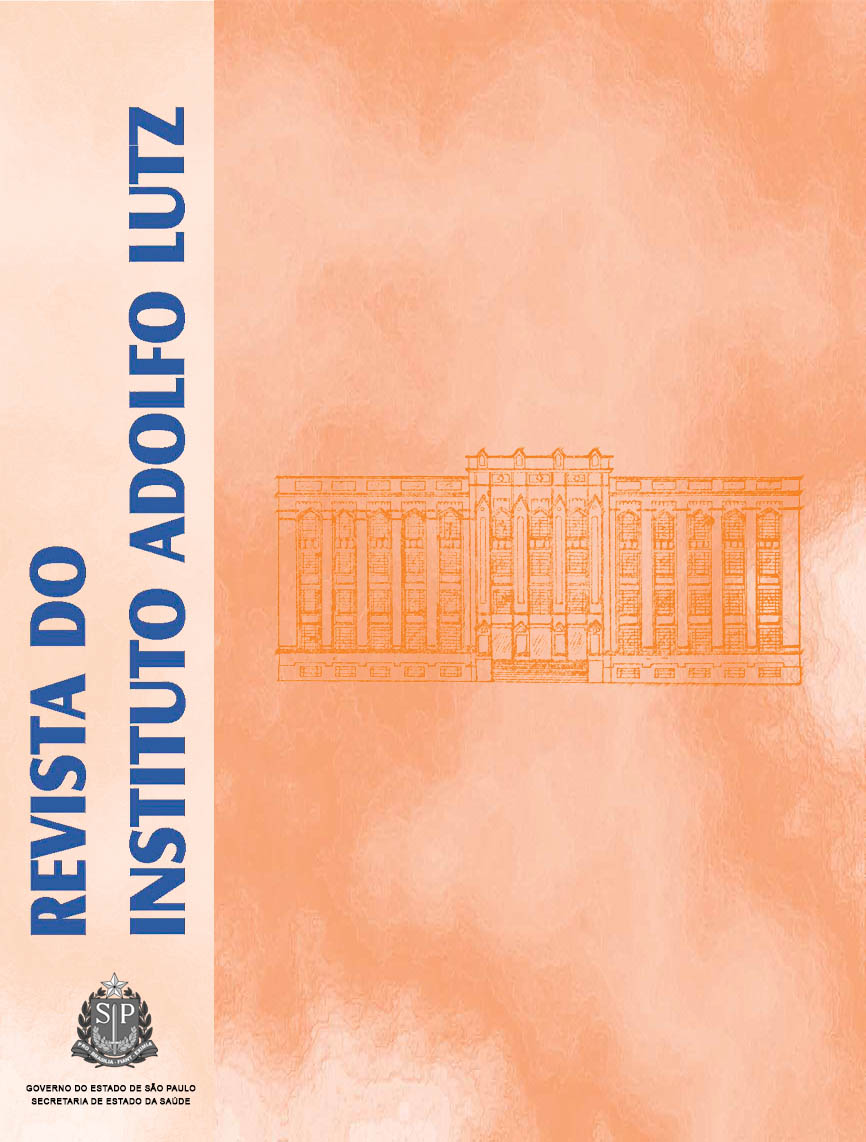Characterization of lactic acid bacteria in coalho cheese and antagonism to some pathogenic food-related bacteria
Keywords:
cheese, Lactococcus, Staphylococcus aureus
Abstract
The coalho or curdled cheese is a traditional product of the Brazilian Northeast region, but the knowledge on its autochthonous microbiota is critical. This survey aimed at characterizing the microbiota of coalho cheese produced in three rural properties (A, B and C), located in Agreste, Borborema and Sertão regions of State of Paraíba - Brazil, respectively. The relevance of the profile of lactic acid bacteria found in this type of cheese was assessed, and the antimicrobial activity of these identified bacteria against Salmonella enterica, S. aureus and L. monocytogenes was analyzed. The lactic acid bacteria counts of coalho cheese from producers A and B were 106 and the highest counts (109 UFC/g) were found in cheese samples from producer C. Forty-nine lactic acid bacteria from three rural properties were selected and predominant genera was Enterococcus, Lactococcus, Streptococcus and Leuconostoc. Of 20 bacteria isolated, 19 showed inhibition halos on the three pathogenic bacteria with diameter of 2 to 15 mm, and the largest halos were formed by Lactococcus lactis ssp lactis on S. enterica and S. aureus. The antimicrobial activity displayed by some lactic acid bacteria isolates suggests the possibility of its use against pathogens, and they might be effective as a barrier in these microorganisms development and as biological preservatives in coalho cheese.
Published
2012-02-22
How to Cite
Freitas, W. C. de, Travassos, A. E. R., & Maciel, J. F. (2012). Characterization of lactic acid bacteria in coalho cheese and antagonism to some pathogenic food-related bacteria. Revista Do Instituto Adolfo Lutz, 72(2), 131-137. Retrieved from https://periodicoshomolog.saude.sp.gov.br/index.php/RIAL/article/view/32907
Issue
Section
ORIGINAL ARTICLE










